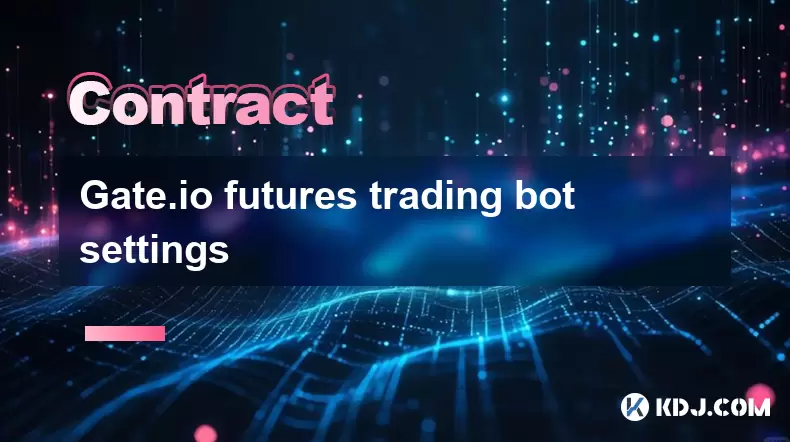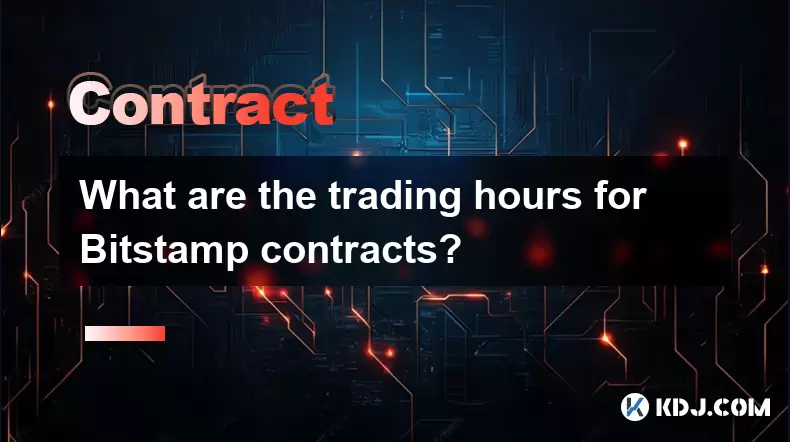-
 Bitcoin
Bitcoin $117500
2.04% -
 Ethereum
Ethereum $3759
3.02% -
 XRP
XRP $3.171
3.30% -
 Tether USDt
Tether USDt $1.000
0.03% -
 BNB
BNB $782.4
2.52% -
 Solana
Solana $187.2
5.62% -
 USDC
USDC $0.0000
0.02% -
 Dogecoin
Dogecoin $0.2380
5.26% -
 TRON
TRON $0.3175
1.07% -
 Cardano
Cardano $0.8227
4.03% -
 Hyperliquid
Hyperliquid $44.50
5.44% -
 Sui
Sui $4.020
10.07% -
 Stellar
Stellar $0.4396
6.28% -
 Chainlink
Chainlink $18.32
4.55% -
 Hedera
Hedera $0.2628
10.71% -
 Bitcoin Cash
Bitcoin Cash $554.8
4.90% -
 Avalanche
Avalanche $24.20
4.60% -
 Litecoin
Litecoin $113.7
2.31% -
 Shiba Inu
Shiba Inu $0.00001413
5.99% -
 UNUS SED LEO
UNUS SED LEO $8.984
0.11% -
 Toncoin
Toncoin $3.326
7.22% -
 Ethena USDe
Ethena USDe $1.001
0.00% -
 Uniswap
Uniswap $10.49
4.56% -
 Polkadot
Polkadot $4.092
4.02% -
 Monero
Monero $326.6
1.30% -
 Dai
Dai $1.000
-0.01% -
 Bitget Token
Bitget Token $4.570
2.49% -
 Pepe
Pepe $0.00001267
5.10% -
 Aave
Aave $297.3
3.10% -
 Cronos
Cronos $0.1344
4.10%
Gate.io futures trading bot settings
Gate.io’s futures trading bots automate strategies like grid and dual investment, but success depends on precise parameter setup, risk management, and active monitoring to adapt to market shifts.
Jul 26, 2025 at 05:28 pm

Understanding Gate.io Futures Trading Bots
Gate.io offers automated trading bots for its futures market, enabling users to execute strategies without manual intervention. These bots are particularly useful for traders who want to implement consistent strategies based on technical indicators, price movements, or time-based triggers. The key to success lies in correctly configuring the bot parameters to align with your risk tolerance and market outlook. Misconfigured settings can lead to unexpected losses or missed opportunities, so precision is essential.
Accessing the Bot Interface on Gate.io
To begin setting up a futures trading bot, log in to your Gate.io account and navigate to the "Futures" section. From there, locate the "Bot" tab or search for "Grid Bot" or "Dual Investment Bot" depending on your strategy. Clicking on the bot type opens a configuration panel where you can input your parameters. Ensure your futures account has sufficient margin in the correct currency (e.g., USDT or the base coin) before proceeding. Without adequate margin, the bot will not activate.
Setting Up a Grid Trading Bot for Futures
A grid bot places buy and sell orders at predetermined intervals within a specified price range. To configure it:
- Select the trading pair (e.g., BTC/USDT)
- Define the upper and lower price limits based on historical volatility
- Choose the number of grids — more grids mean smaller price steps but potentially more trades
- Set the investment amount per grid — this must be calculated to avoid over-leveraging
- Enable "Leverage" if desired, but verify the liquidation price aligns with your risk appetite
- Toggle "Auto-compound" to reinvest profits directly into the grid
Each of these steps directly impacts performance. For example, setting a narrow price range with high leverage may trigger frequent liquidations during volatile markets.
Configuring a Dual Investment Bot on Gate.io
The Dual Investment Bot allows you to earn yield by committing funds to a target price. If the market reaches that price during the investment period, your assets are sold at a premium. To set this up: - Choose the asset (e.g., ETH)
- Set the target price — this must be realistic based on current support/resistance levels
- Specify the investment amount — ensure it’s a portion of your total balance to maintain flexibility
- Select the investment period (1–30 days)
- Review the expected APY displayed — this adjusts dynamically based on market conditions
This bot is ideal for sideways or mildly bullish markets. If the target price isn’t hit, you retain your assets plus interest. However, if the price is reached, you must be comfortable selling at that level.
Managing Risk with Stop-Loss and Take-Profit
Gate.io bots support customizable stop-loss and take-profit levels, crucial for automated risk management. When setting these: - Calculate your maximum acceptable loss per trade (e.g., 2% of total bot capital)
- Set stop-loss slightly below key support levels to avoid premature exits
- Place take-profit near resistance zones where price may stall
- Use trailing stop-loss if the market is trending — this adjusts dynamically to lock in gains
These parameters must be tested using backtesting tools if available, or via small-scale live tests. Ignoring these settings can result in significant drawdowns during unexpected market swings.
Monitoring and Adjusting Bot Performance
Once activated, bots require active monitoring. Gate.io provides real-time dashboards showing: - Open positions and their P&L
- Execution history and fees
- Remaining grids or active dual investments
- Notifications for liquidation risks or completed orders
If market conditions change — for example, Bitcoin breaks out of a long-term range — you must manually adjust the bot’s price range or pause it. Failing to adapt to macro shifts can render your bot ineffective or dangerous. Some users set alerts via email or Telegram to stay informed without constant screen time.
Frequently Asked Questions
Can I run multiple bots simultaneously on Gate.io?
Yes, you can run multiple bots for different trading pairs or strategies. Each bot operates independently, but ensure your total margin usage stays below your account’s liquidation threshold. Running too many high-leverage bots on correlated assets increases systemic risk.What happens if my bot gets liquidated?
If a bot position hits its liquidation price, Gate.io will automatically close it, and you’ll lose the allocated margin. The bot will stop trading until you manually restart it with new parameters. Always check the liquidation price preview before activation.How do I withdraw profits from an active bot?
You cannot partially withdraw funds from an active bot. You must first stop the bot, which closes all open positions at market price. After settlement, profits are returned to your futures wallet and can be transferred to your spot account or withdrawn.Does Gate.io charge extra fees for using bots?
No, Gate.io does not charge additional fees for bot usage. You only pay standard futures trading fees (maker/taker), which are applied per executed order. These fees are visible in the bot’s performance dashboard.
Disclaimer:info@kdj.com
The information provided is not trading advice. kdj.com does not assume any responsibility for any investments made based on the information provided in this article. Cryptocurrencies are highly volatile and it is highly recommended that you invest with caution after thorough research!
If you believe that the content used on this website infringes your copyright, please contact us immediately (info@kdj.com) and we will delete it promptly.
- Bitcoin Mining Goes Mobile: Apps & Strategies for Earning in 2025
- 2025-07-27 00:50:12
- Solana Roadmap vs. XRP Rivals: Where's the Market Attention?
- 2025-07-27 01:30:13
- Altcoins Primed for a 2025 Takeover: Undervalued Cryptos to Watch
- 2025-07-27 00:50:12
- Blockchain, Stocks, and Gold: A New Era of Financial Integration
- 2025-07-27 00:30:12
- Crypto Gainers: BlockDAG, VeChain (VET), and the Shifting Sands of Altcoins
- 2025-07-27 01:30:13
- Cryptos to Watch in 2025: Top Analysts' Picks and Meme Coin Mania
- 2025-07-27 01:35:12
Related knowledge

Why is my Bitstamp futures position being liquidated?
Jul 23,2025 at 11:08am
Understanding Futures Liquidation on BitstampFutures trading on Bitstamp involves borrowing funds to open leveraged positions, which amplifies both po...

Does Bitstamp offer inverse contracts?
Jul 23,2025 at 01:28pm
Understanding Inverse Contracts in Cryptocurrency TradingIn the realm of cryptocurrency derivatives, inverse contracts are a specific type of futures ...

How to find your Bitstamp futures trade history?
Jul 23,2025 at 08:07am
Understanding Bitstamp and Futures Trading AvailabilityAs of the current state of Bitstamp’s service offerings, it is critical to clarify that Bitstam...

Can I use a trailing stop on Bitstamp futures?
Jul 23,2025 at 01:42pm
Understanding Trailing Stops in Cryptocurrency TradingA trailing stop is a dynamic type of stop-loss order that adjusts automatically as the price of ...

Can I use a trailing stop on Bitstamp futures?
Jul 25,2025 at 02:28am
Understanding Trailing Stops in Cryptocurrency Futures TradingA trailing stop is a dynamic type of stop-loss order that adjusts automatically as the m...

What are the trading hours for Bitstamp contracts?
Jul 24,2025 at 11:56am
Understanding Bitstamp and Contract Trading AvailabilityBitstamp is one of the longest-standing cryptocurrency exchanges, established in 2011 and head...

Why is my Bitstamp futures position being liquidated?
Jul 23,2025 at 11:08am
Understanding Futures Liquidation on BitstampFutures trading on Bitstamp involves borrowing funds to open leveraged positions, which amplifies both po...

Does Bitstamp offer inverse contracts?
Jul 23,2025 at 01:28pm
Understanding Inverse Contracts in Cryptocurrency TradingIn the realm of cryptocurrency derivatives, inverse contracts are a specific type of futures ...

How to find your Bitstamp futures trade history?
Jul 23,2025 at 08:07am
Understanding Bitstamp and Futures Trading AvailabilityAs of the current state of Bitstamp’s service offerings, it is critical to clarify that Bitstam...

Can I use a trailing stop on Bitstamp futures?
Jul 23,2025 at 01:42pm
Understanding Trailing Stops in Cryptocurrency TradingA trailing stop is a dynamic type of stop-loss order that adjusts automatically as the price of ...

Can I use a trailing stop on Bitstamp futures?
Jul 25,2025 at 02:28am
Understanding Trailing Stops in Cryptocurrency Futures TradingA trailing stop is a dynamic type of stop-loss order that adjusts automatically as the m...

What are the trading hours for Bitstamp contracts?
Jul 24,2025 at 11:56am
Understanding Bitstamp and Contract Trading AvailabilityBitstamp is one of the longest-standing cryptocurrency exchanges, established in 2011 and head...
See all articles

























































































